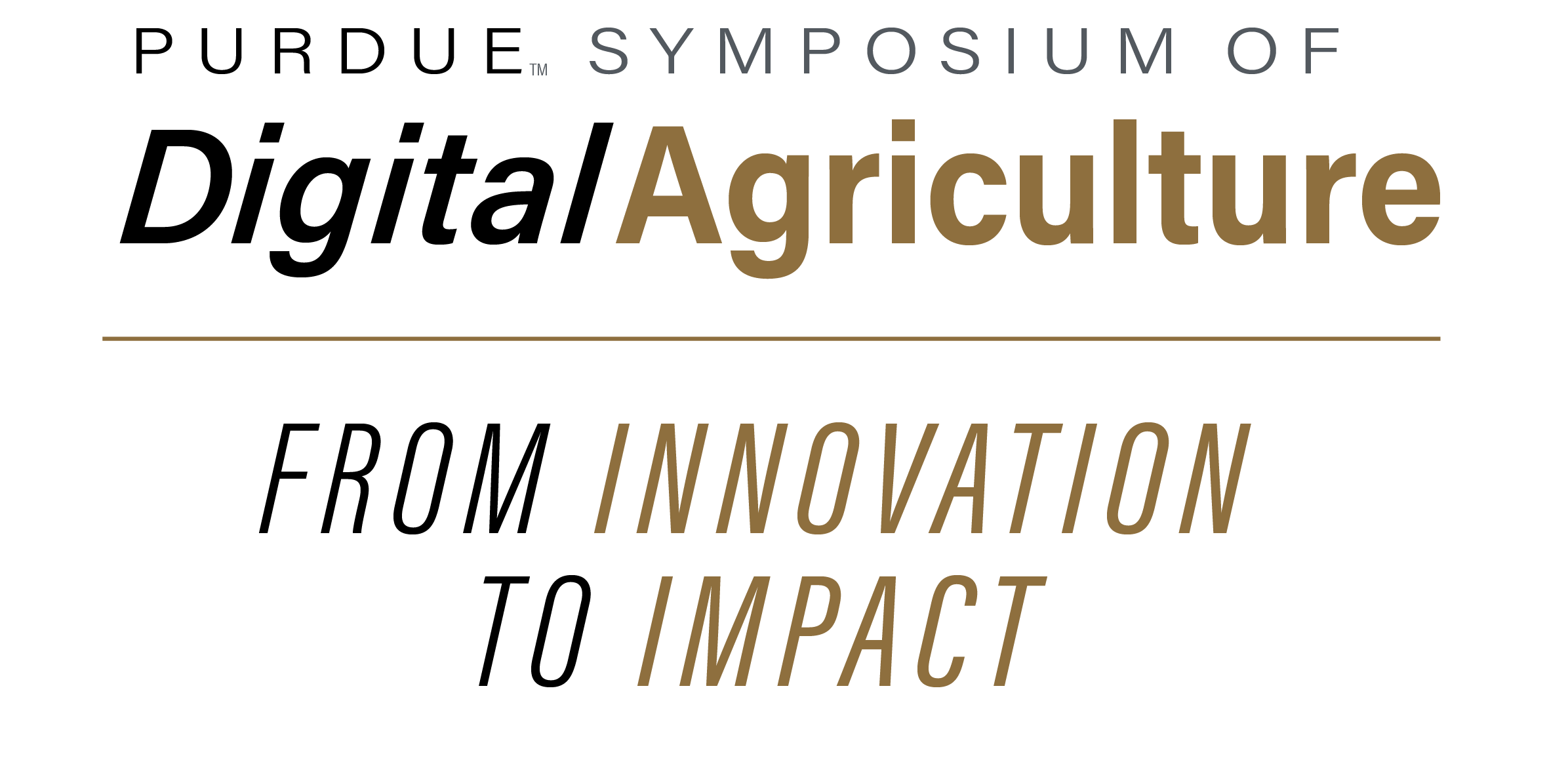Abstract
Advances in remote sensing and AI-driven algorithms have improved forest structure measurement, enabling more efficient wildfire risk assessment by identifying critical fuel sources such as standing deadwood (snags). Snags are often omitted or underrepresented in field measurements, which can lead to inaccurate estimates of snag counts. This study applies CSRNet, a convolutional neural network originally designed for crowd counting, to count snags using National Agriculture Imagery Program color infrared images. We manually annotated 100 image tiles, which were split 70/15/15 for training, validation, and testing. Our preliminary results show a mean absolute error (MAE) of 1.16 snags per 25 hectares and root mean square error (RMSE) of 1.70. These early outcomes are promising given the limited dataset size, and ongoing work will expand training data and geographic diversity to improve model generalizability across diverse forest types. This approach advances digital agriculture by integrating AI with remote sensing to improve wildfire fuel mapping and enhance resilience in agriculture landscapes.
Keywords
Snags, CSRNet, Artificial Intelligence (AI), Remote Sensing, Wildfire Risk Management, Forest Monitoring
DOI
10.5703/1288284318200
Standing Dead Tree Detection Using Remote Sensing and Deep Learning
Advances in remote sensing and AI-driven algorithms have improved forest structure measurement, enabling more efficient wildfire risk assessment by identifying critical fuel sources such as standing deadwood (snags). Snags are often omitted or underrepresented in field measurements, which can lead to inaccurate estimates of snag counts. This study applies CSRNet, a convolutional neural network originally designed for crowd counting, to count snags using National Agriculture Imagery Program color infrared images. We manually annotated 100 image tiles, which were split 70/15/15 for training, validation, and testing. Our preliminary results show a mean absolute error (MAE) of 1.16 snags per 25 hectares and root mean square error (RMSE) of 1.70. These early outcomes are promising given the limited dataset size, and ongoing work will expand training data and geographic diversity to improve model generalizability across diverse forest types. This approach advances digital agriculture by integrating AI with remote sensing to improve wildfire fuel mapping and enhance resilience in agriculture landscapes.


